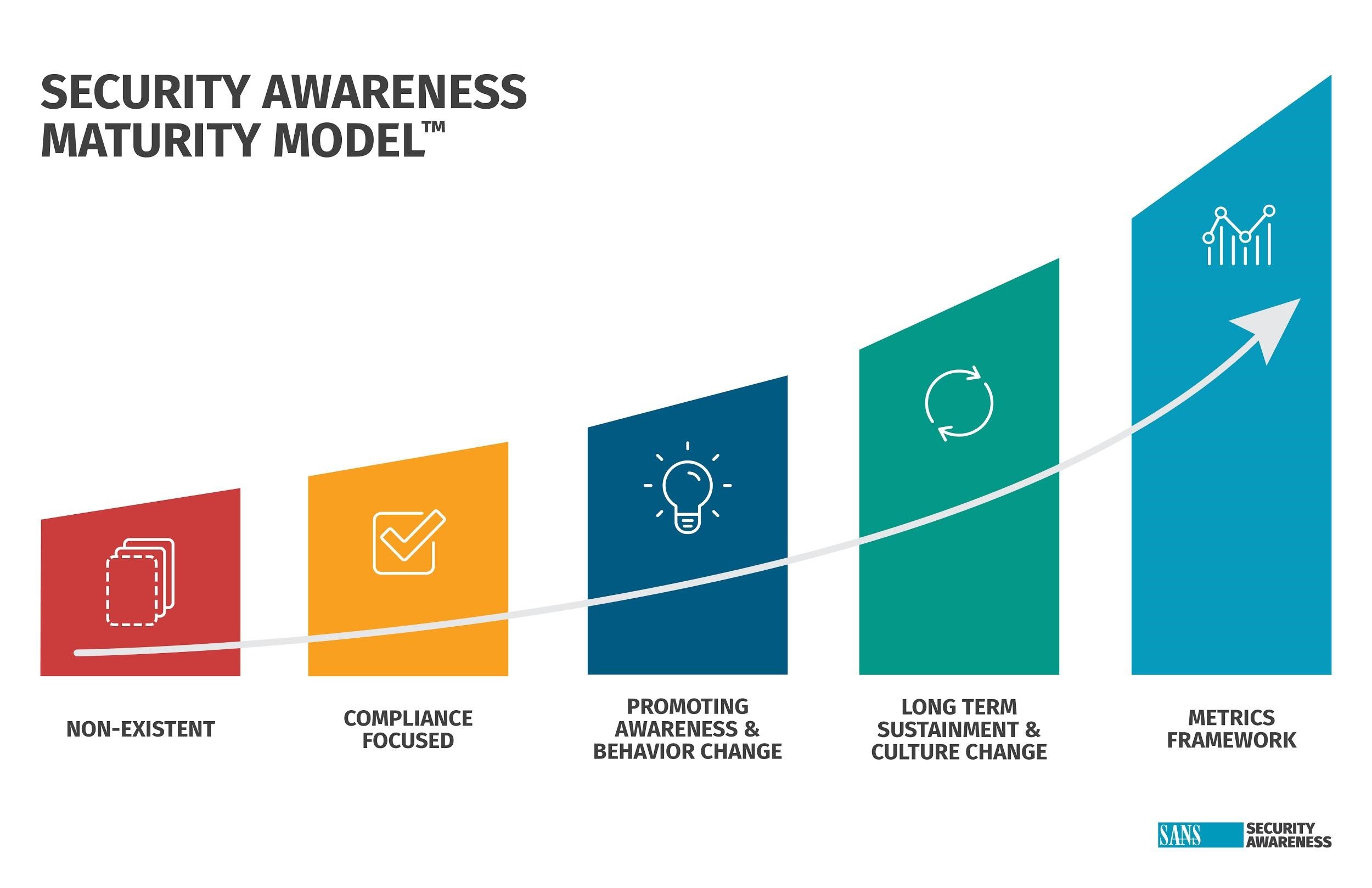SANS Unveils New Report on Managing Human Cyber Risk

 Global security awareness training provider SANS Security Awareness has released the 2021 Security Awareness Report: Managing Your Human Cyber Risk. This annual report analyses the data of over 1,500 security awareness professionals from around the world to benchmark how organisations are managing human risk and provides data-driven action items to mature awareness programs.
Global security awareness training provider SANS Security Awareness has released the 2021 Security Awareness Report: Managing Your Human Cyber Risk. This annual report analyses the data of over 1,500 security awareness professionals from around the world to benchmark how organisations are managing human risk and provides data-driven action items to mature awareness programs.
2021 marks the sixth release of the SANS Security Awareness Report, and through 2020-2021 the industry witnessed deep and rapid changes in how and where employees work. It has never been more important to effectively create and maintain a cyber secure workforce and a vibrant security culture.

“Cybersecurity is no longer just about technology but people; managing human risk. Awareness programs enable security teams to do just that by not only guiding how people think about security but how they act, from the Board of Directors on down,” said Lance Spitzner, SANS Security Awareness Director and co-author of the report. “This report enables security professionals to make data-driven decisions on how they can most effectively engage the workforce and manage human risk.”
Key Findings:
Over 75% of security awareness professionals are spending less than half their time on security awareness, implying awareness is too often a part-time effort. The data shows that security awareness responsibilities are very commonly assigned to staff with highly technical backgrounds who may lack the skills needed to effectively engage their workforce in simple-to-understand terms.
The average salary reported was $103,000 USD for security training full time professionals. However, salaries were found to be higher for those with technical background and on average up to $10,000 less for those with non-technical backgrounds.
The two top reported challenges for building a mature awareness program are the lack of time to manage the program and a lack of personnel to work on and implement the program.
Awareness programs effectively changing behavior had at least 2.5 FTEs (Full-Time Equivalent) dedicated to helping manage their awareness program. Those impacting culture and having the metrics framework to prove it on average had 3.5 FTEs.
“Security awareness programs have evolved from a limited compliance focus to becoming a key part of an organization’s ability to manage human cyber risk,” said Dan deBeaubien, SANS Security Awareness Director and co-author of the report. “While security awareness programs are gaining executive support, there is still a long way to go before enough personnel, resources and tools are allocated to this effort.”





